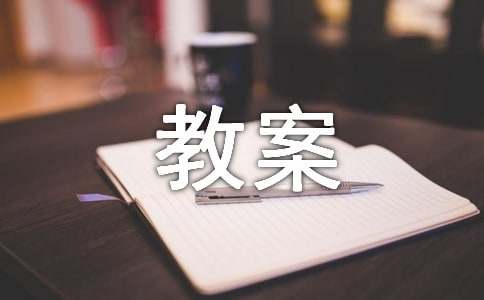Carnival教案設(shè)計(jì)
Carnival教案設(shè)計(jì)

Carnival教案
Module 4 Carnival
教案---Introduction and reading
Teaching aims:
1. To revise Chinese and western festivals.
2. To develop the students reading ability.
3. To understand what is about Carnival.
Important and difficult points:
1 Get the students to understand the history of carnival.
2 Get the students to describe the festivals in groups.
Teaching procedures:
Step 1. Revision.
Read the new words of this passage.
Step 2. Introduction
1. We have learned many festivals both Chinese and the Western. What festivals do you know?
Divide the class into 2 groups. One group is for Chinese Festivals, the other group is for Western festivals.
Make a list of them on the blackboard..
2. Turn to Page 31—Match the festivals with the description.
Step 3. Lead-in
Today we will learn another festival ---- Carnival. It originates from Europe, and during these
days, people often love wearing special clothes and masks for it.
Step 4. Fast-reading
Match the main idea with every paragraph.
Paragraph 1 A meaning of carnival and how it was celebrated
Paragraph 2 B the law about wearing masks
Paragraph 3 C general impression of carnival
Paragraph 4 D how it is celebrate today in Venice and the feature of it
Paragraph 5 E carnival in Venice and the problem it caused
Paragraph 6 F the revival of the tradition of celebrating it.
(Answers: 1—6 CAEBFD)
Step 5. Further-reading
Read the passage and answer the questions.
1. Where does Carnival come from? What does it mean?
2. When was it celebrated?
3. Where was the most famous Carnival in Europe?
4. How long did the first Carnival in Venice last? What about now?
5. Did the government of Venice encourage the wearing of masks?
6. Who started the Carnival again, tourists or students?
(Answers: 1. “Carnival” comes from two Latin words, meaning “no more meat”. 2. It began
just after Christmas. 3. The most famous carnival in Europe was in Venice. 4. At the
beginning, it lasted for just one day. 5. No. 6. The students started the Carnival. )
Step 6. Vocabulary
Activity 1: Read through the words in the box and have the students repeat them individually.
Ask the students to complete the task individually, then check with a partner.
Check the answers together:
(Answers: 1. confusion 2. excitement 3. mask 4. mystery 5. magic 6. costume 7. crowd
8. tradition 9. atmosphere)
Activity 2: Choose the correct meanings of the words and phrases.
Check the answers one by one.
(Answers: 1—4 babb 5—8 abbb)
Step 7. Discussion
Discuss in groups of four.
1. What is the feature of carnival in Venice?
2. Which is your favourite festival?
Step 8. Homework
1. Workbook—on Page 87.
Read the passage and match the headings with the text.
2. Write a short passage about your favorite festival.
【Carnival教案設(shè)計(jì)】相關(guān)文章:
讓心飛翔教案設(shè)計(jì)01-24
教案設(shè)計(jì):破釜沉舟07-19
《楊氏之子》教案設(shè)計(jì)02-11
認(rèn)識(shí)南瓜教案設(shè)計(jì)02-11
《多彩的拉花》教案設(shè)計(jì)02-25
斜拋運(yùn)動(dòng)教案設(shè)計(jì)04-19
《平面向量》教案設(shè)計(jì)01-29
